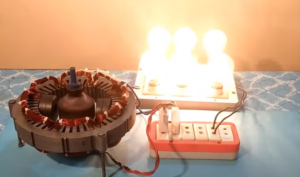
Building a 220V Free Energy Generator with Speaker Magnets, Rotor, and Stator
Introduction to Free Energy Generators
220V Free energy generators are a revolutionary concept in the field of energy production. They harness the power of natural resources, converting them into usable energy without the need for fuel or external power sources. This article will delve into the intricacies of building a 220V free energy generator using speaker magnets, rotor, and stator.
Understanding the Basics of a Free Energy Generator
A free energy generator operates on the principle of perpetual motion. It’s a device designed to continuously operate without an energy input, creating a sustainable energy source. The key components of a free energy generator are the rotor, stator, and magnets.
The Role of Speaker Magnets in a Free Energy Generator
Speaker magnets play a crucial role in the operation of a free energy generator. They create a magnetic field that interacts with the rotor and stator, generating electricity. The strength and quality of the speaker magnets directly influence the efficiency and power output of the generator.
The Importance of the Rotor and Stator in a Free Energy Generator
The rotor and stator are integral components of a free energy generator. The rotor is the rotating part of the generator, while the stator is the stationary part. Together, they interact with the magnetic field created by the speaker magnets to generate electricity.
Building a 220V Free Energy Generator: A Step-by-Step Guide
Building a 220V free energy generator requires careful planning and precision. The following steps provide a comprehensive guide to constructing your own free energy generator.
Gathering the Necessary Materials
The first step in building a free energy generator is gathering the necessary materials. This includes speaker magnets, a rotor, a stator, and other essential components such as wires and a casing.
Assembling the Rotor and Stator
The next step involves assembling the rotor and stator. This process requires careful alignment to ensure optimal performance of the generator.
Installing the Speaker Magnets
The speaker magnets are then installed on the rotor and stator. The positioning of the magnets is crucial for the efficient generation of electricity.
Connecting the Generator to a Power Source
The final step involves connecting the generator to a power source. This could be a battery or a power grid, depending on the intended use of the generator.
Conclusion
Building a 220V free energy generator with speaker magnets, rotor, and stator is a complex but rewarding process. It provides a sustainable and cost-effective solution for energy production, contributing to a greener and more sustainable future.
FAQs
Q1: What is a free energy generator?
A free energy generator is a device that generates electricity without the need for fuel or external power sources.
Q2: How does a free energy generator work?
A free energy generator works on the principle of perpetual motion, using a rotor, stator, and magnets to generate electricity.
Q3: What are the key components of a free energy generator?
The key components of a free energy generator are the rotor, stator, and magnets.
Q4: How do speaker magnets contribute to a free energy generator?
Speaker magnets create a magnetic field that interacts with the rotor and stator, generating electricity.
Q5: Can I build my own free energy generator?
Yes, with the right materials and guidance, you can build your own free energy generator.

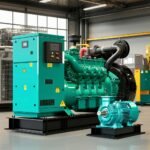
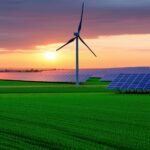




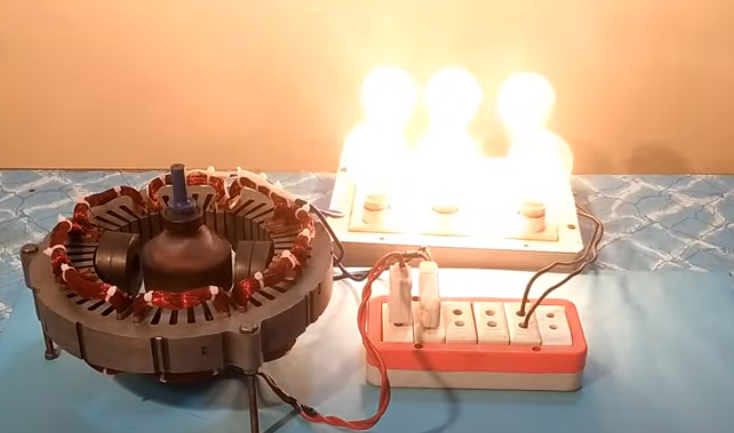
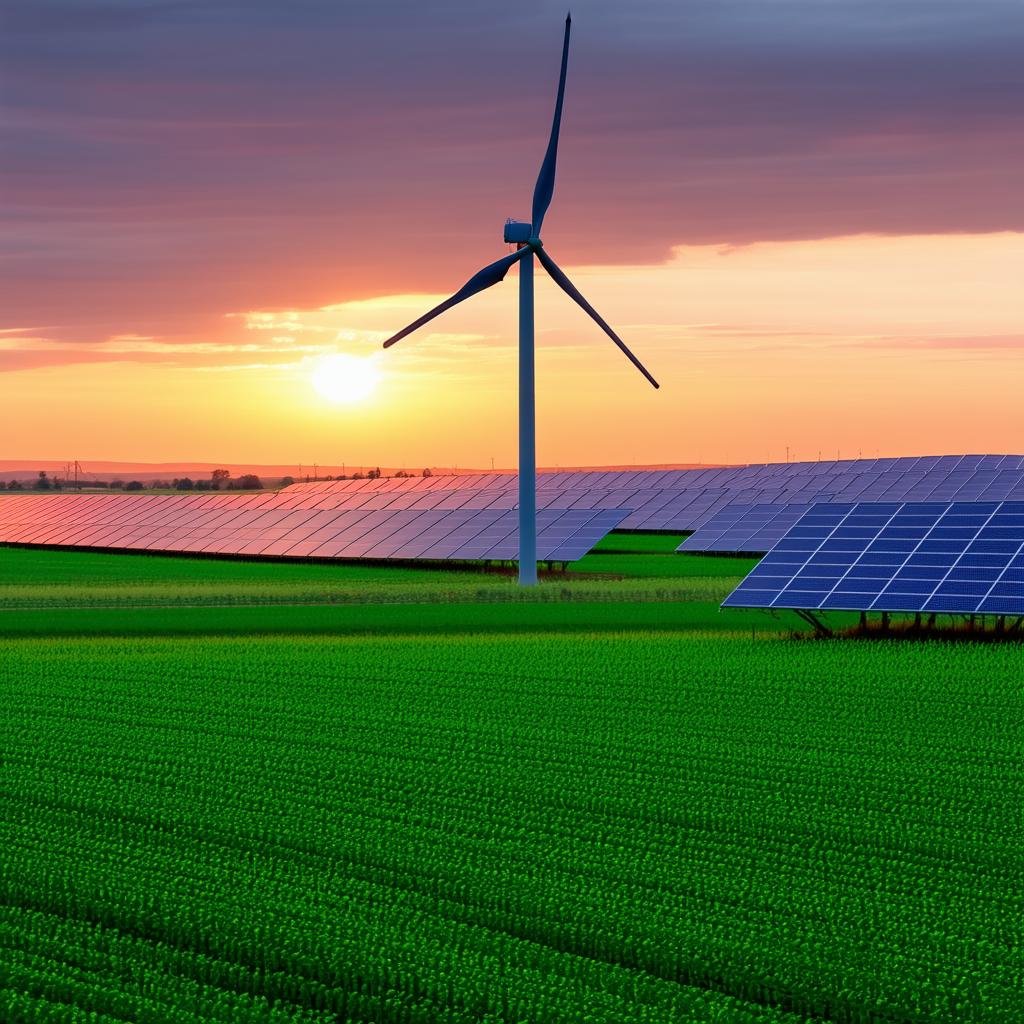
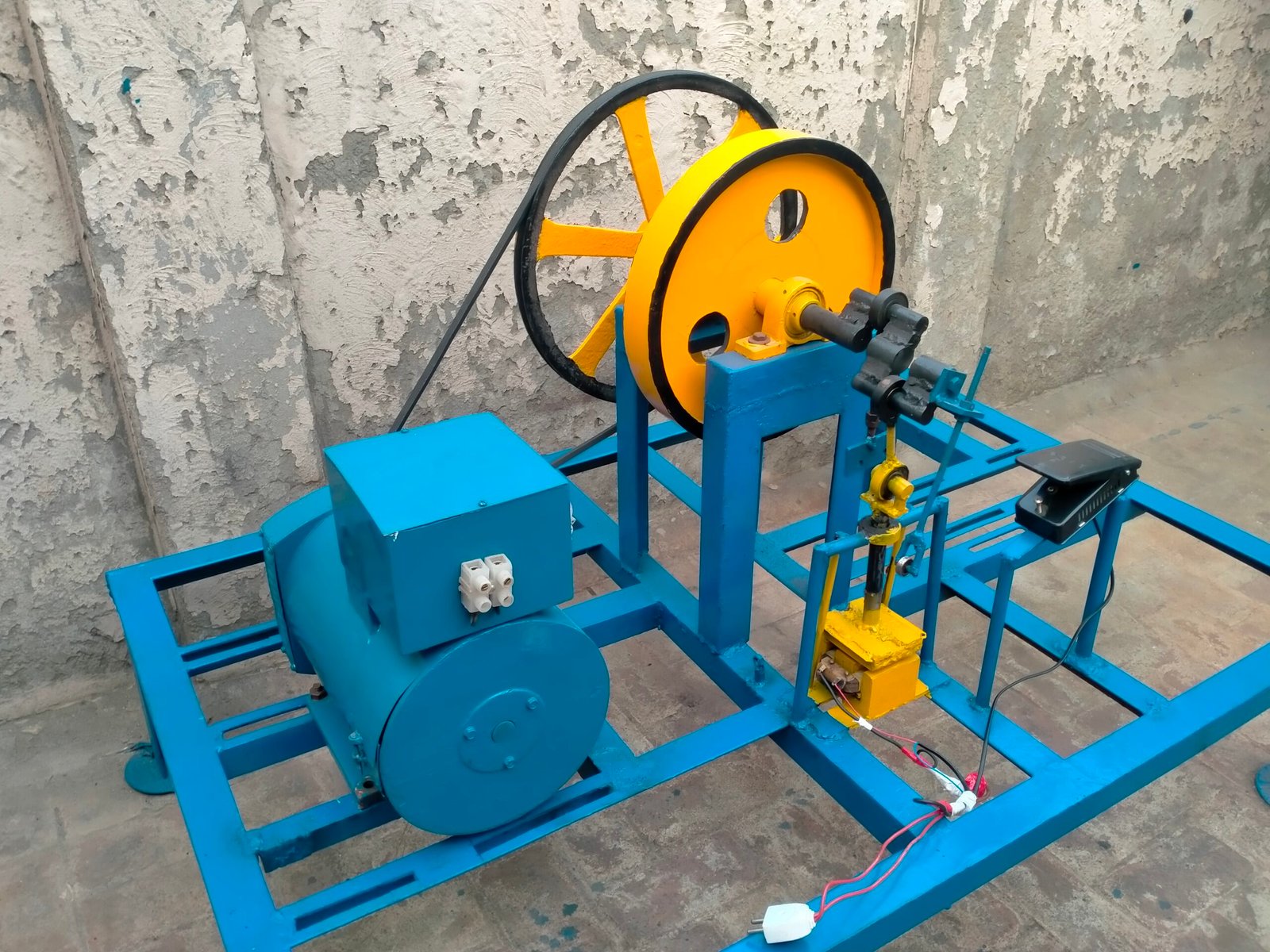
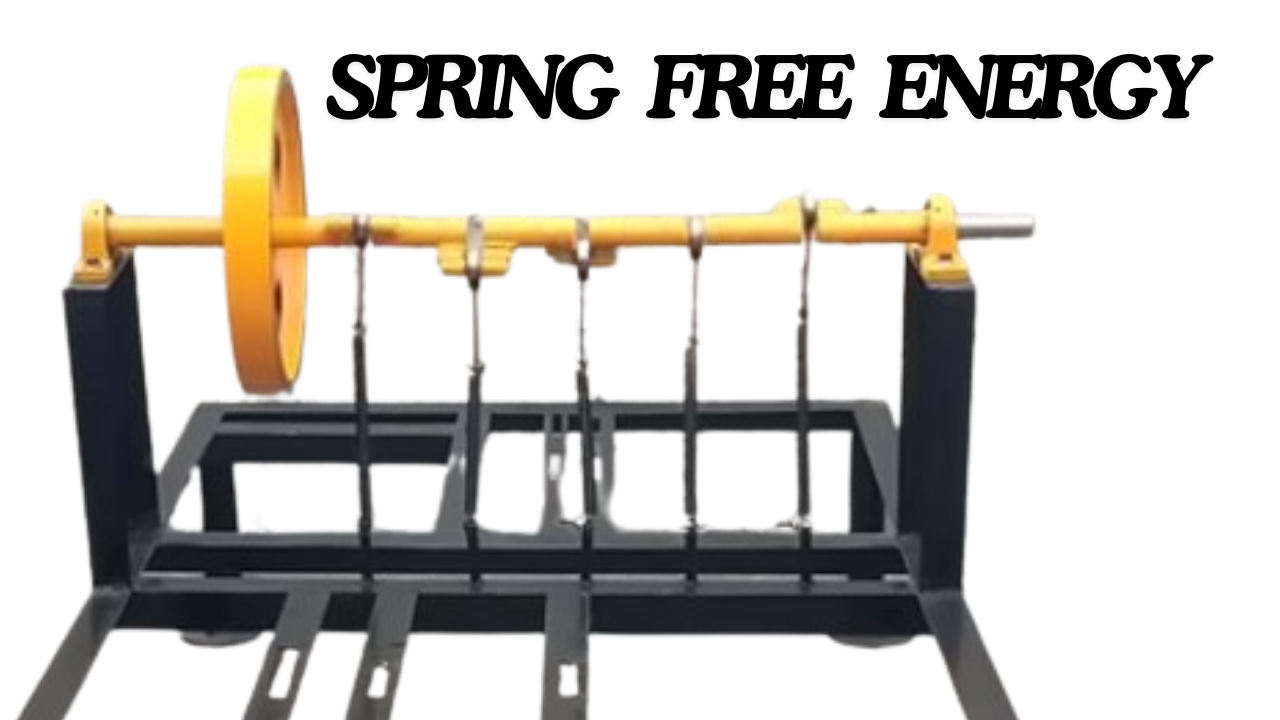
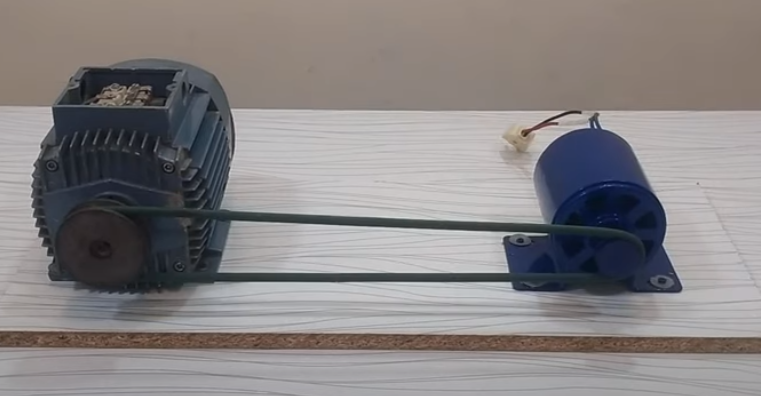
2 thoughts on “220V Free Energy Generator”